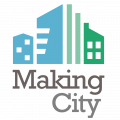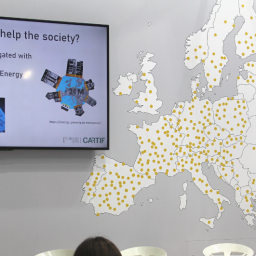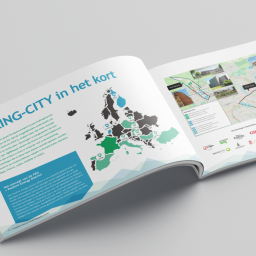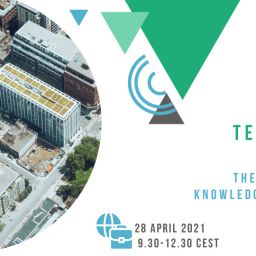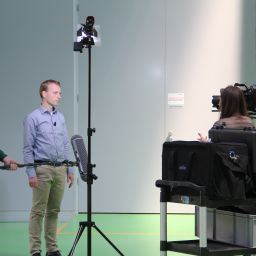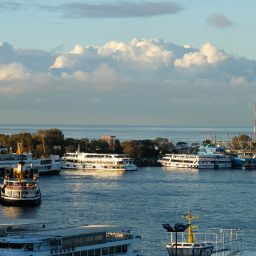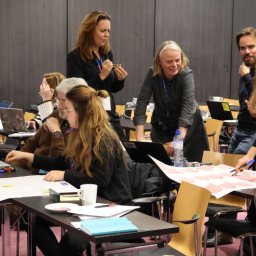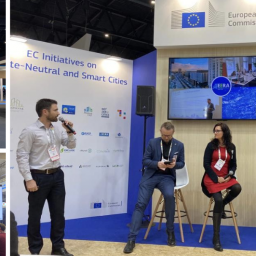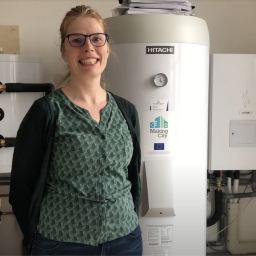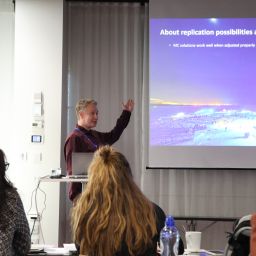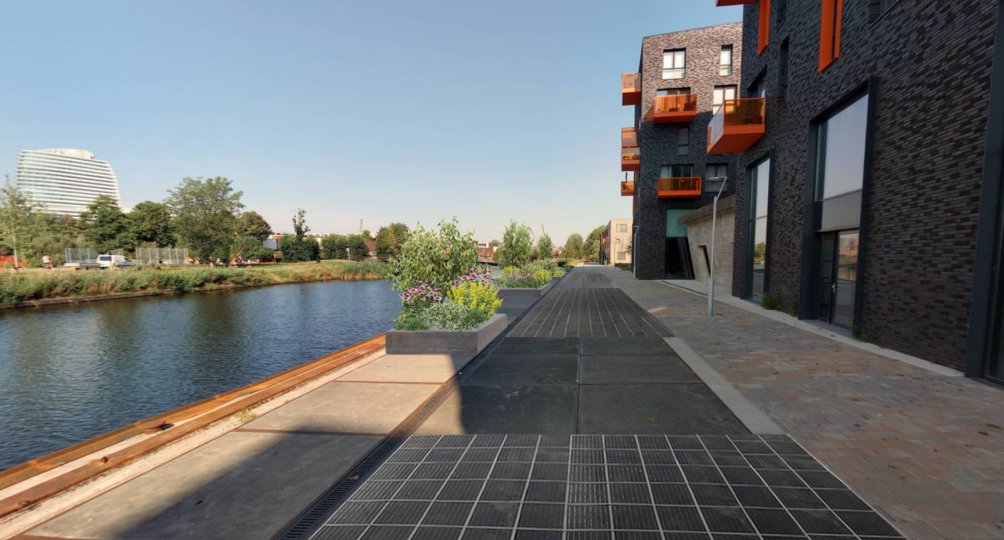
Article by Elcke Vels originally posted on Innovation Origins.
A footpath that generates energy and new buildings that supply energy to older buildings: Making City focuses on making cities more sustainable. In Groningen, a host of projects are already underway.
When it comes to making cities more sustainable, the term ‘energy neutrality’ is often mentioned. This is usually the starting point. But what if homes, office buildings and public spaces produce a surplus in the future, and offset the loss of energy from old buildings that way? In the Dutch city of Groningen, a footpath that generates solar energy and uses this to power buildings will be laid in March. The footpath is part of the European Making City project. “We’re getting people to look at the space around them in a different way,” says project manager Jasper Tonen, who works for the Municipality of Groningen.
Little by little, European cities will be generating more and more energy in the future, as opposed to just consuming energy. This is one of the aims of the European Commission. The EC launched Making City, and in November 2018 designated a select number of cities to serve as examples for the rest of Europe. Groningen is one of them, as is Oulu in Finland. In Groningen, efforts are now underway to improve the public space. A footpath that generates solar energy will be installed in the city This is a primeur for Groningen.
The footpath, which contains solar collectors under a layer of raw glass, will be located near an apartment complex on Europa Park and the energy it generates will go to a municipal building in the nearby neighborhood. “This footpath is an example of how to use space in the city in a smart way,” says Tonen. “We want Groningen to be energy-neutral by 2035. We’re already on track to do that by building solar parks and putting more solar panels on roofs, among other things. This path adds to that all very nicely.”
Solar cycle paths
There are already several cycle paths in the Netherlands that generate energy. Utrecht, for example, has constructed the longest solar cycle path in the world. But the lessons learned from these kinds of bicycle lanes cannot be applied directly to solar footpaths. A great deal of research will need to be carried out once the footpath is in place. Tonen explains why. “Footpaths have a different type of surface. We use 30 by 30 centimeter tiles. So, what is the best way to fit the solar panels into a tile? The footpath should not be too slippery for safety reasons, and it should also be easy to clean. We need to examine how the footpath will look over the years. What’s more, pedestrians really do need to use it. That last point seems like a very obvious one, but it’s really important to know the answer.”
Solar panel island
The footpath is just one of the initiatives from Making City. The project also focuses on the public space, which, if it is up to Tonen, will look very different in the future. One of the subprojects is the ‘solar panel island’ on a lake along the A7 in the direction of Winschoten. Tonen: “Such an island will not only be able to generate energy, but also give the ecology there a boost. The island isn’t going to be filled up, there’s space, a sheltered spot with shade and in between the panels, there’s room for creatures that live in the water and those that fly.” At the moment, it is being looked into whether the energy generated can be supplied to residents of Groningen through a postal zone grid system.
Demo houses with an energy surplus
Making City is also focusing on the energy management of existing homes and has singled out four demo houses for this purpose. The first demo house was opened last year in Groningen’s Paddepoel district. The energy surplus produced by the house can be shared with other households. A set-up is already in operation in one of these demo houses. This comprises an efficient air-water heat pump in combination with a heat recovery system. The heat from the discharged air is used to pre-heat the fresh air from outside via a heat exchanger, which saves on heating costs. The energy that is needed is generated via double-sided solar panels. “This just goes to show that you can design and build new buildings in such a way that they can produce surplus energy. This energy can then be used again in older buildings. Energy consumption is then balanced out, so to speak,” Tonen adds.
An example for other cities
The solar footpath, the demo houses and the other Making City projects are just the beginning of a sustainability revolution in Groningen. Other cities will soon follow as well, Tonen predicts. “These neighborhoods serve as examples for other cities all over Europe. I think it’s great to see that there are already lots of energy projects going on in the Netherlands, such as all the different solar cycle paths that have been built. I think we’re also going to see more and more apartment buildings that treat energy in an innovative way, and have solar panels on vertical facades, for instance. And what about, in addition to walking and cycle paths, solar roads for cars? Maybe we’ll start to see more and more of those, too.”
“I hope that our project will show that we are able to use the space in the city in a smarter way. Then we also don’t need to use land needlessly that we could put to good use for other purposes.”
